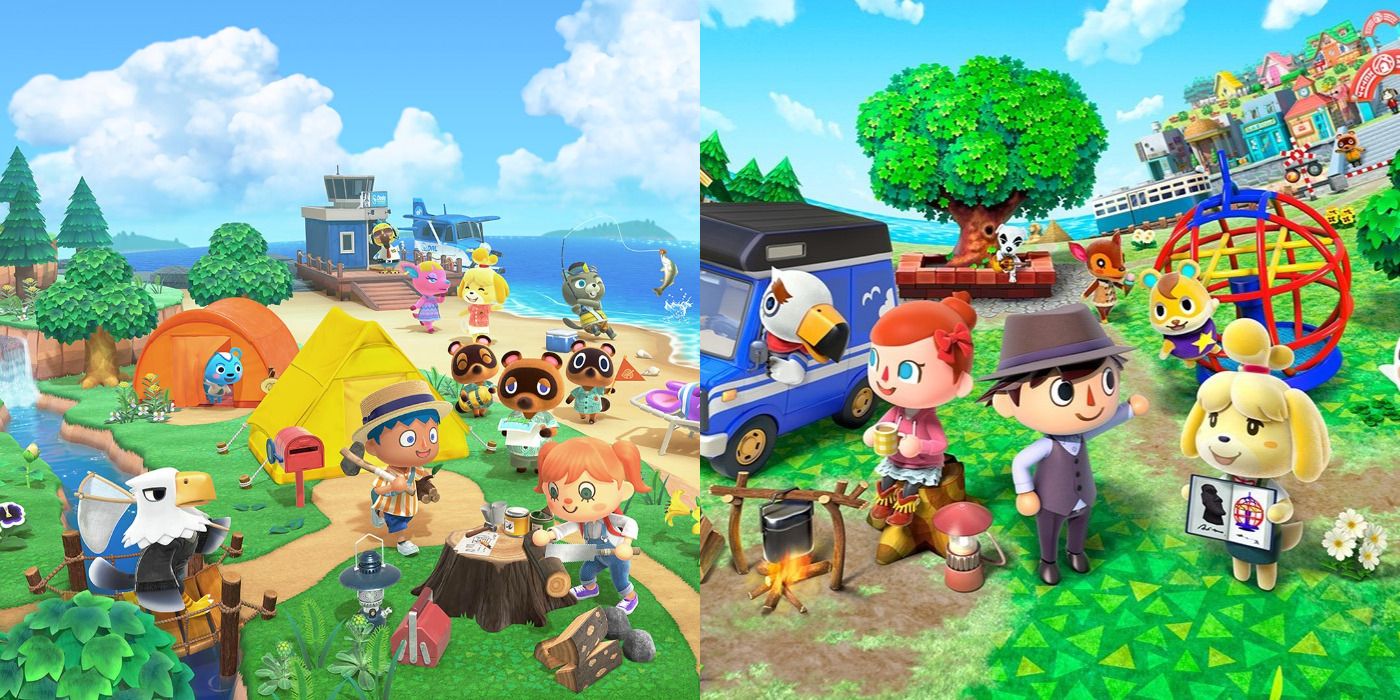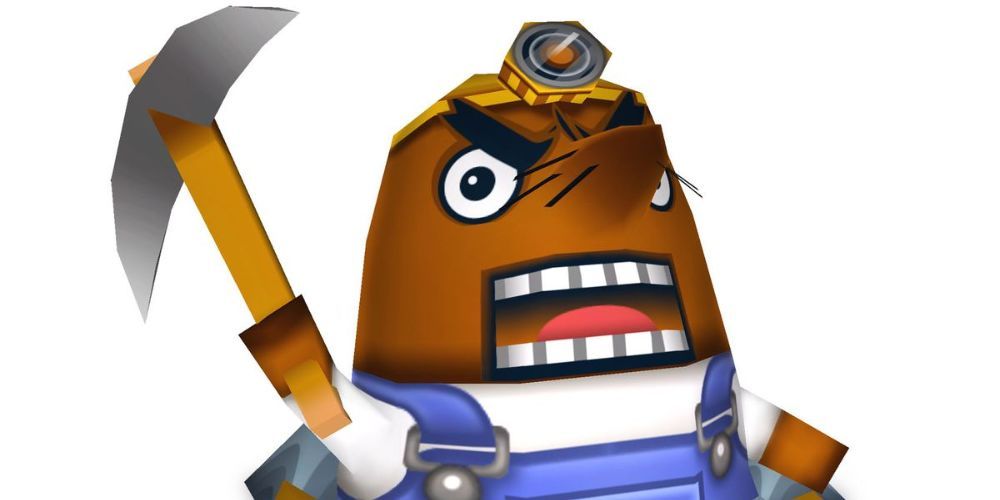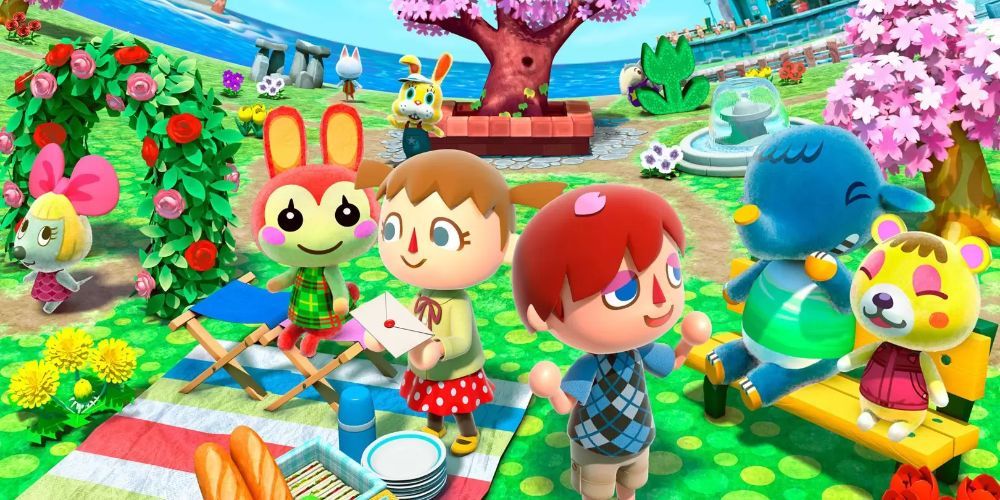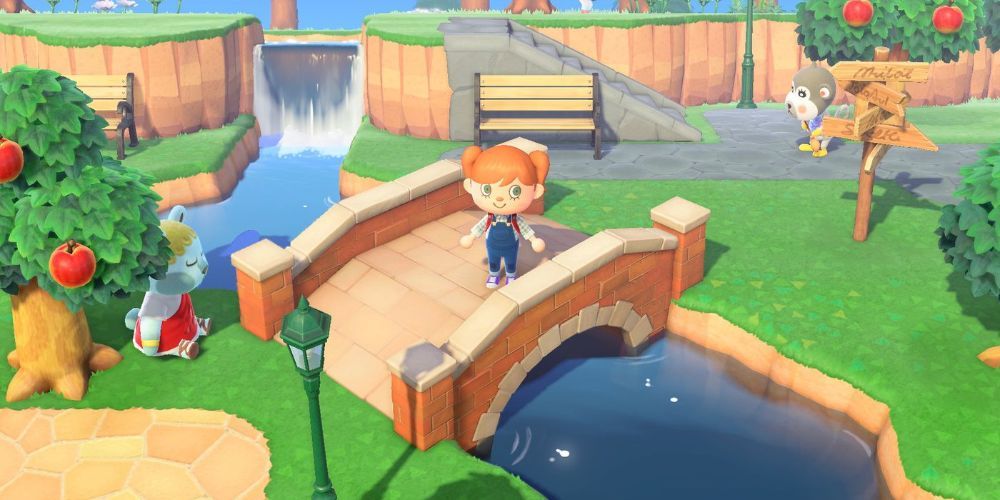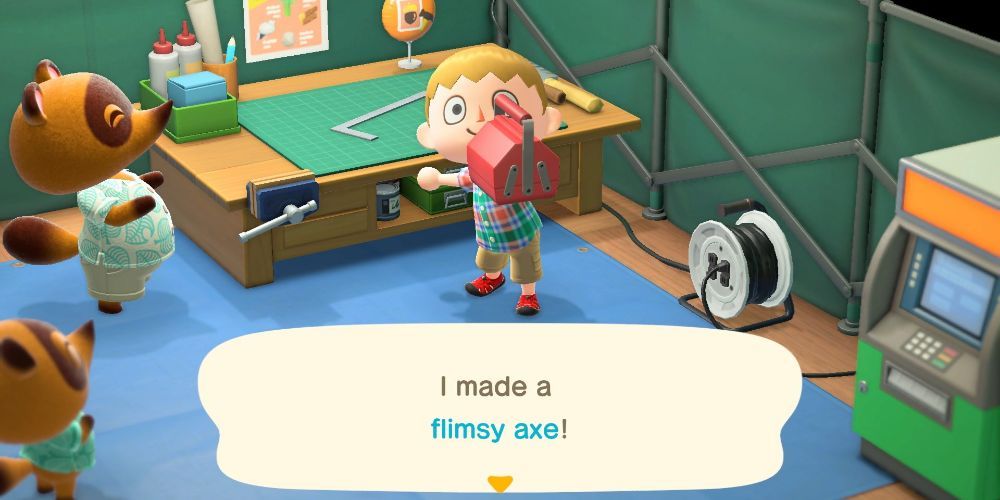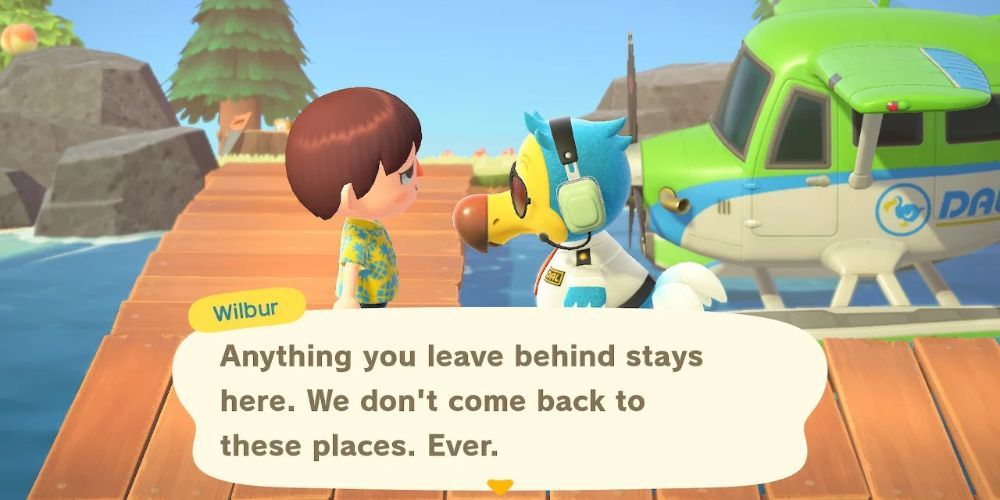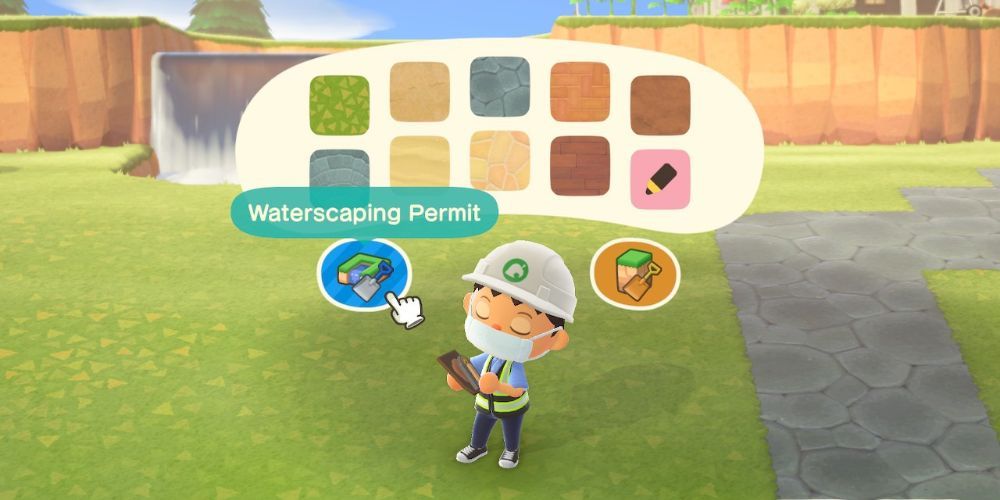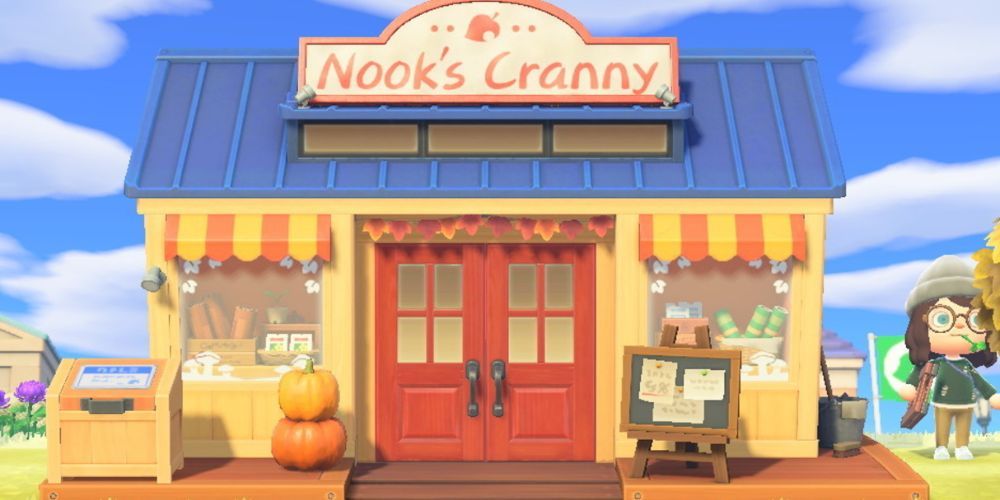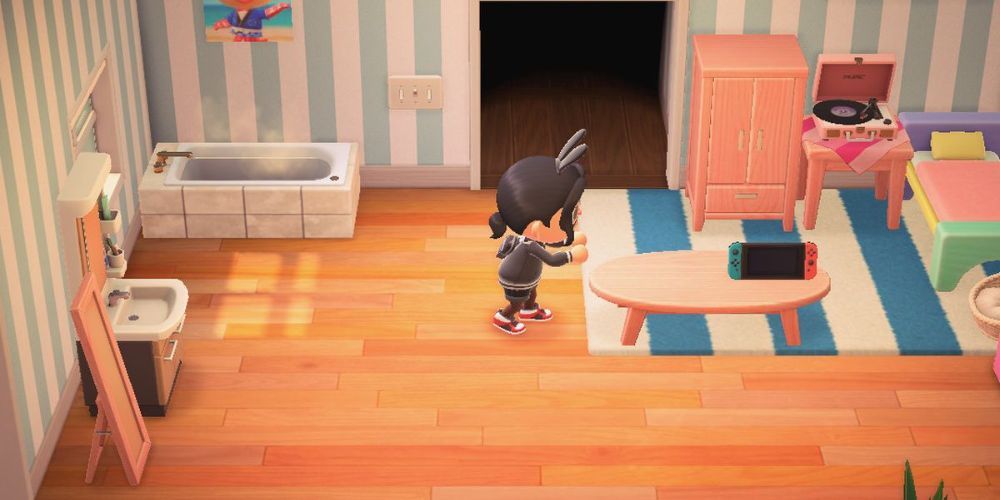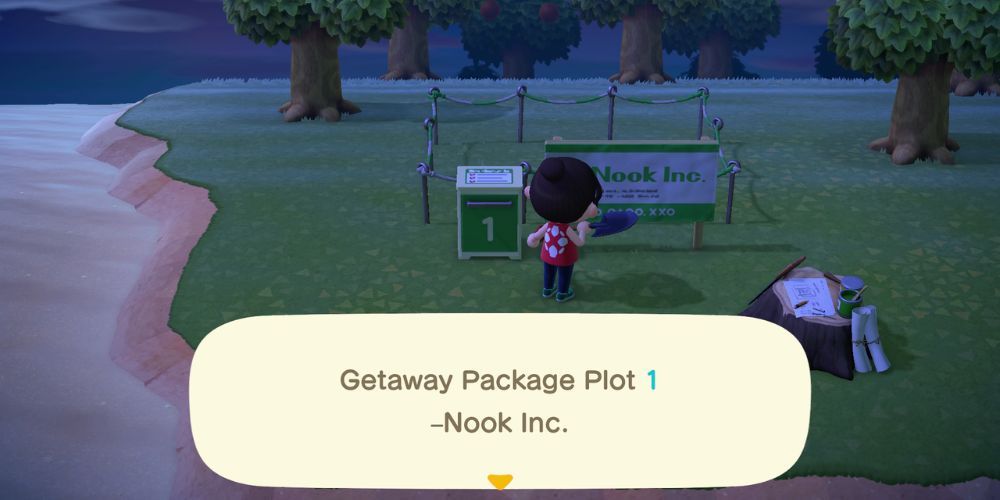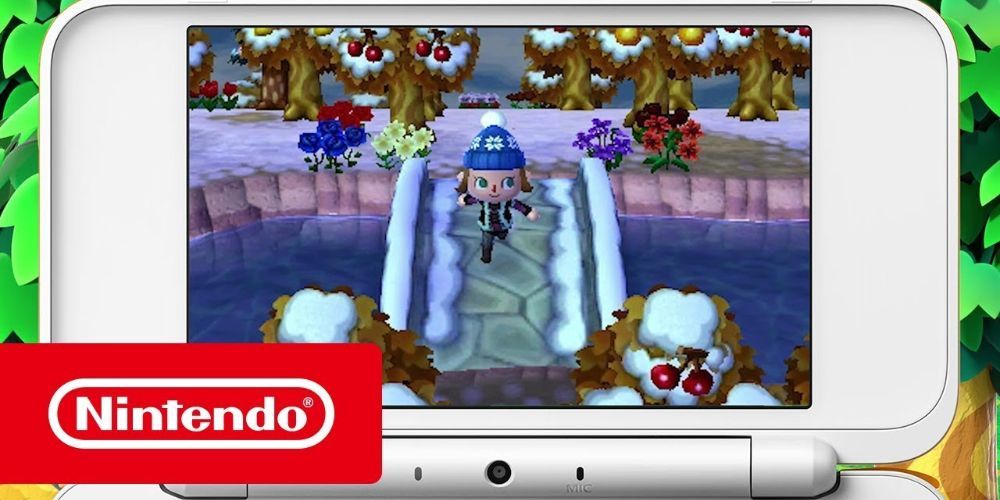When Animal Crossing: New Leaf hit North American markets in 2013 it introduced a number of major changes to some of the long-running franchise's more established features. Players were now the mayors of their own villages, the ability to place buildings outside completely upended town customization, and the player characters themselves had been reworked to allow for more hair and clothing options.
Come 2020 and Animal Crossing: New Horizons, the latest entry in the franchise, has shaken things up yet again. While the new title certainly retains the DNA that makes Animal Crossing so beloved, veteran players will have noticed some of these big changes from New Leaf to New Horizons.
Resetti Is Missing
Famous for being Animal Crossing's most cantankerous character, Mr. Resetti is a mole who would appear in front of the player's home and berate them for forgetting to save. Resetti's personality seems to have softened a bit in New Leaf, but the game still makes sure to show that he's hard at work in his traditional role.
With the new autosave system in New Horizons, however, it's now effectively impossible to quit without saving. Maybe this means that Resetti got put out of a job because he's unfortunately nowhere to be seen in the newest game.
Main Street Was Cut
Main Street was New Leaf's primary shopping center and included the museum, K.K. Slider's club, as well as several smaller shops that would be built and upgraded as the player made progress through the game.
Many familiar faces from Main Street have made it into New Horizons as occasional guests to the player's island, such as Leif and Kicks, but others haven't quite made the cut. Among the most sorely missed Main Street inhabitants is Harriet; a poodle who ran the town's salon.
Town Customization Was Completely Reworked
New Leaf was notable for being the first Animal Crossing game that allowed players to freely place new structures such as benches, lampposts, and statues around their towns to make them unique. This innovation was carried over to New Horizons, but the system for placing structures is much more adaptable in the newer title.
Instead of simply paying to have structures from a fixed catalog built, players can now set any piece of furniture they want anywhere on the island. This has allowed players to be even more expressive when it comes to how they want their islands to look.
Crafting
Completely new to New Horizons is the crafting system, wherein players are able to build their own furniture and tools out of materials that they find scattered around the island such as rocks, wood, and iron (provided that they have found the right recipe first). This system is completely new to New Horizons and isn't present in any previous title.
In New Leaf the only way a player could add a new feature to their town was by shelling out the bells to do so; now they're only limited by what materials and recipes they have on hand.
Faraway Islands
In New Leaf players could hire a character named Kapp'n to ferry them from their town to Tortimer Island, a tropical getaway where it was always sunny and players could catch unique fish and insects.
New Horizons ended up keeping the island mechanic, but rather than being able to visit just one, players are able to journey to any number of randomly selected islands by spending Nook Miles Tickets. This new approach adds some much-needed variety to Animal Crossing's island visits, and allows the player to meet new villagers for their home island too.
Terraforming
In what is perhaps New Horizon's most original design choice, the game now allows players to customize not just what sorts of plants and structures they place around their islands, but the very layout of the land itself. In a first for the franchise, the player now has total control over where the rivers, cliffs, and hills that make up the island's terrain are going to be.
While New Leaf certainly upped the bar for town customization back in 2013 with its public works project system, New Horizons definitely takes it to a whole different level.
An Island Without A Mayor
In the run-up to the release of New Leaf, one of the most anticipated elements was that players would now be completely in charge of the towns they were moving to. The position of mayor had been filled by a tortoise named Tortimer in previous titles, but he happily retires in New Leaf to make room for the incoming player.
New Horizons keeps the level of customization afforded to the mayor but boots the player from the position, which raises questions as to who's in charge in New Horizons. Is this really all just part of Tom Nook's for-profit venture?
Home Customization
At the time, New Leaf revolutionized interior design in Animal Crossing by allowing players to place certain items on the walls of their homes, adding an entirely new dimension of personality to home design.
Once again, New Horizons kept the idea introduced in New Leaf, but improved on it in a number of ways. In the newer game, players are able to enter the new decorating mode where they're free to shift around any furniture with the push of a button. This is remarkably different from New Leaf, where pushing or pulling furniture was the only way to get things done.
Building Relocation
Ask any dedicated New Leaf player, and they'll tell you horror stories of villagers moving into their towns and plopping their houses directly on top of the player's meticulously constructed path, garden, or park. This was without a doubt one of the biggest sources of frustration for players in New Leaf, which means that New Horizons' new approach to building placement is very welcome.
Players now have total control over not just where houses go, but also larger buildings like the museum and shops, which means they don't have to worry about someone building their house in their rare flowers anymore.
Shop Upgrades
One unfortunate change from New Leaf to New Horizons is the significant reduction in available upgrades for the town shop. In New Leaf, the shop can be upgraded five times, from humble beginnings to the grand "T&T Emporium", which greatly expanded the items available for purchase.
In New Horizons the shop can still be upgraded, but not nearly to the luxurious heights of the previous game. Only one upgrade is available this time around, meaning that players dreaming of multi-story department stores will have to get used to the comparatively modest Nook's Cranny.

